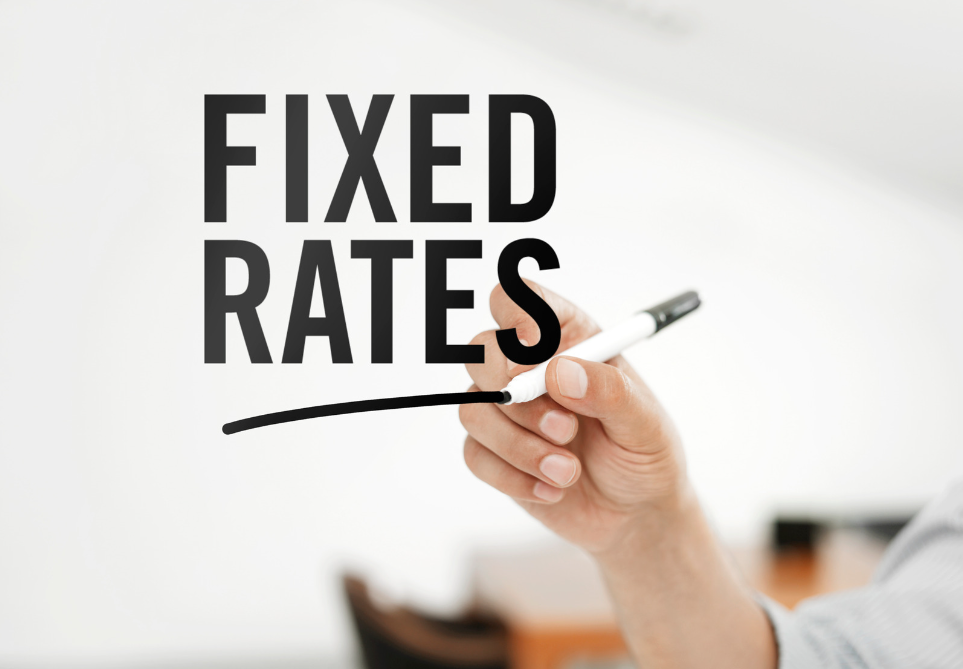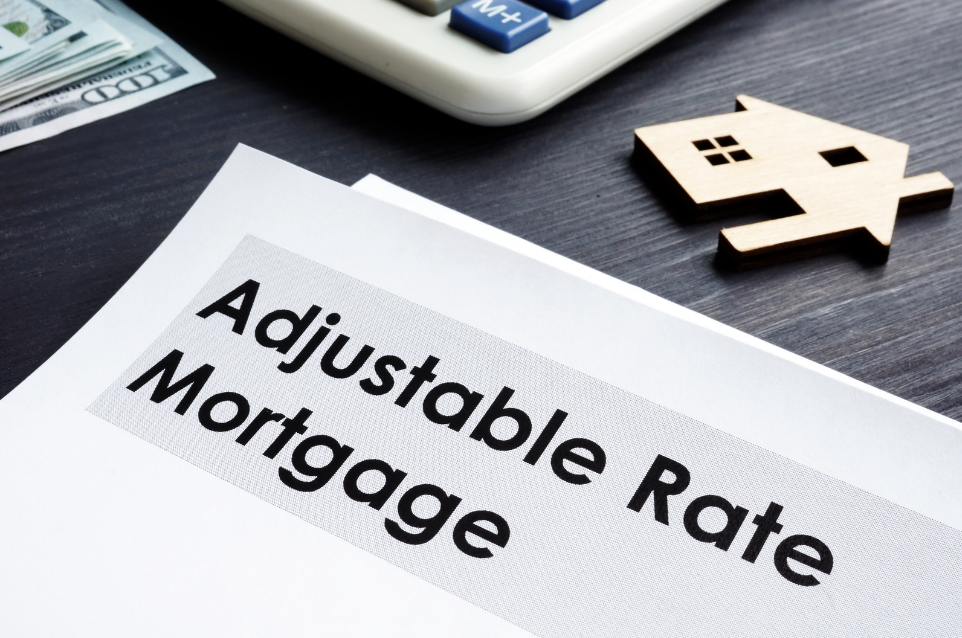How to Choose Between Fixed-Rate Mortgage and Adjustable-Rate Mortgage When Applying for a Loan?
08/21/2023
When buying house, we often need to consider different types of loans, including two main types: fixed rate loans and adjustable rate loans. Knowing the difference between these two types is crucial to making the best loan decision. In this article, we’ll dive into the benefits of a fixed-rate mortgage, explore the features of an adjustable-rate mortgage, and discuss how to calculate your mortgage payments.
Benefits of a Fixed Rate Mortgage
Fixed-rate mortgages are one of the most common types of loans and are typically offered in 10-, 15-, 20-, and 30-year terms. The main advantage of a fixed-rate mortgage is its stability. Even if market interest rates fluctuate, the loan interest rate remains the same. This means borrowers can know exactly how much they will pay each month, allowing them to better plan and manage their financial budget. As a result, fixed-rate mortgages are favored by risk-averse investors because they protect against potential future interest rate increases. Recommended Products: QM Community Loan, DSCR, Bank Statement.

Adjustable Rate Mortgage Analysis
In contrast, adjustable rate mortgages (ARMs) are more complex and typically offer options such as 7/1, 7/6, 10/1 and 10/6 ARMs. This type of loan offers a fixed interest rate initially, after which the interest rate is adjusted according to market conditions. If market rates drop, you may pay less interest on an adjustable-rate mortgage.
For example, in a 7/6 ARM, “7″ represents the initial fixed-rate period, meaning the loan’s interest rate remains unchanged for the first seven years. The “6″ represents the frequency of rate adjustments, indicating that the loan rate adjusts every six months.
Another example of this is the “7/6 ARM (5/1/5)”, where the “5/1/5″ in the brackets describes the rules for rate adjustments:
· The first “5″ represents the maximum percentage that the rate can adjust the first time, which is in the seventh year. For instance, if your initial rate is 4%, then in the seventh year, the rate can increase up to 4% + 5% = 9%.
· The “1″ represents the maximum percentage that the rate can adjust each time (every six months) afterwards. If your rate was 5% the previous time, then after the next adjustment, the rate can go up to 5% + 1% = 6%.
· The final “5″ represents the maximum percentage that the rate can increase over the life of the loan. This is relative to the initial rate. If your initial rate was 4%, then over the entire term of the loan, the rate will not exceed 4% + 5% = 9%.
However, if market rates rise, you may have to pay more interest. This is a double-edged sword; while it can have additional benefits, it also comes with higher risks. Recommended Products: Full Doc Jumbo, WVOE & Self Prepared P&L.

How to Calculate Your Mortgage Payment
No matter which loan type you choose, it’s crucial to understand how your mortgage repayments are calculated. Loan principal, interest rate and term are the key factors that affect the repayment amount. In a fixed-rate mortgage, since the interest rate doesn’t change, the repayments also stay the same.
1. Equal Principal and Interest Method
The equal principal and interest method is a common repayment method, where borrowers repay the same amount of principal and interest each month. In the early stage of the loan, most of the repayment goes towards interest; in the later stage, most of it goes towards principal repayment. The monthly repayment amount can be calculated using the following formula:
Monthly Repayment Amount = [Loan Principal x Monthly Interest Rate x (1+Monthly Interest Rate)^Loan Term] / [(1+Monthly Interest Rate)^Loan Term - 1]
Where the monthly interest rate equals the annual interest rate divided by 12, and the loan term is the loan duration in months.
2. Equal Principal Method
The principle of the equal principal method is that the repayment of the principal remains the same every month, but the interest decreases monthly with the gradual reduction of the unpaid principal, hence the monthly repayment amount also gradually reduces. The repayment amount for the nth month can be calculated using the following formula:
Repayment for the nth Month = (Loan Principal / Loan Term) + (Loan Principal – Total Repaid Principal) x Monthly Interest Rate
Here, the total repaid principal is the sum of principal repaid in the (n-1) months.
Please note that the above calculation method is only for fixed rate loans. For adjustable rate loans, the calculation is more complicated because the interest rate may change with market conditions.

While the concept of fixed-rate and adjustable-rate mortgages is relatively simple, there are some important considerations. For example, a fixed-rate mortgage offers steady repayments, but you may not be able to take advantage of a lower rate if market rates drop. On the other hand, while an adjustable-rate mortgage may offer a lower initial interest rate, you could be under higher repayment pressure if market rates rise. Therefore, borrowers need to balance stability and risk, analyze market dynamics in depth, and make the best decisions.
When choosing between a fixed-rate or variable-rate mortgage, it’s important to consider your financial situation, risk tolerance, and market conditions. Learn the difference, pros and cons, and learn how to calculate your mortgage payment. This knowledge is critical to developing an appropriate lending strategy. We hope the discussion in this article has helped you better understand and choose the best loan for your needs.
Statement: This article was edited by AAA LENDINGS; some of the footage was taken from the Internet, the position of the site is not represented and may not be reprinted without permission. There are risks in the market and investment should be cautious. This article does not constitute personal investment advice, nor does it take into account the specific investment objectives, financial situation or needs of individual users. Users should consider whether any opinions, opinions or conclusions contained herein are appropriate to their particular situation. Invest accordingly at your own risk.
Post time: Aug-22-2023



